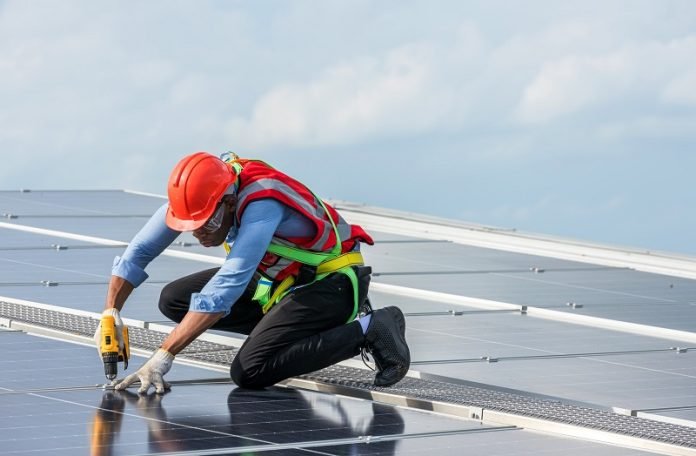
There’s a cool piece of science news for everyone who cares about clean energy and the future of our planet.
Professor Pan Xu and his team at the Institute of Solid-State Physics, which is part of the Hefei Institutes of Physical Science in China, have come up with a clever way to make solar panels better at turning sunlight into electricity.
Their research was published in a journal called Energy & Environmental Science, and it’s about making a certain kind of solar panel, called perovskite solar cells, even more efficient.
Now, perovskite solar cells are pretty amazing. They’ve already gotten really good at converting sunlight into electricity, with their efficiency levels jumping over the 25% mark.
But just like with anything techy, there’s always room to get better.
One of the ways to measure how good a solar cell is at its job is something called the fill factor (FF).
Think of the FF like a high score in a video game: the higher it is, the better the solar cell is at squeezing out all the electricity it can from the sunlight it gets.
So, what Professor Xu and his buddies did was focus on the bottom part of the solar cell, where they saw a chance to make things better.
They used a nifty little trick with something called a molecular bridge made of ammonium cations.
Don’t worry if that sounds super scientific; it’s basically just a tiny bridge made of special molecules that helps connect different layers of the solar panel.
These tiny bridges are like the heroes of this story. They smooth out a problem called localized potential, which you can think of like bumps on a road that slow down the traffic.
In a solar cell, you want the electricity to flow smoothly, and these molecular bridges do just that. They make sure the electricity can get through quickly and easily.
The scientists did a bunch of experiments and found out that their molecular bridges really do the trick. They make the solar cell’s bottom layer much better at grabbing the power from the sunlight and sending it on its way to be used.
This is a big deal because it means the solar cell can do a better job, and we get more electricity from the same amount of sunlight.
This whole bridge-building strategy could be a game-changer. It’s like finding a new way to boost your high score in that video game.
If we can make perovskite solar cells work even better, they could become a key player in our push for clean energy. Imagine solar panels everywhere, making clean electricity without any pollution. That’s the dream, and this research is a step towards that.
It’s all about tackling the challenge of the fill factor and making these solar cells as good as they can be. By doing this, we’re one step closer to having solar power as a big part of how we power our homes, cars, and lives.
And the best part?
Solar power comes from the sun, which means it’s clean, endless, and free once we’ve got the technology to capture it. Thanks to Professor Xu and his team, we’re getting closer to a future where clean energy is the norm.
Follow us on Twitter for more articles about this topic.
Source: Chinese Academy of Sciences.



